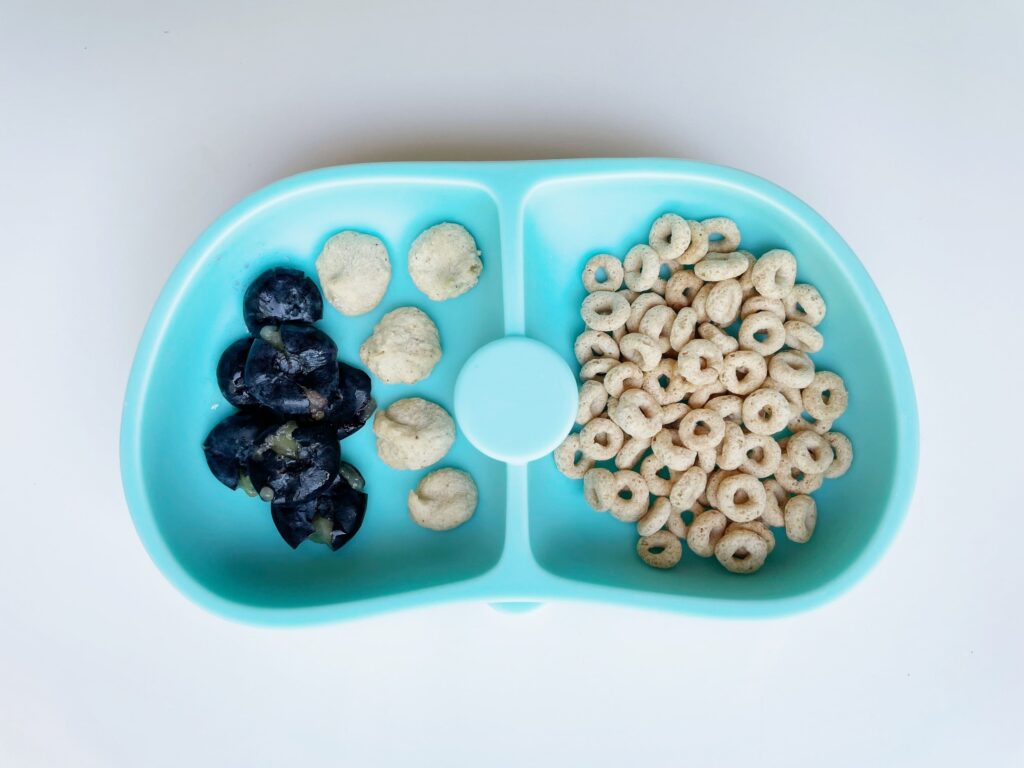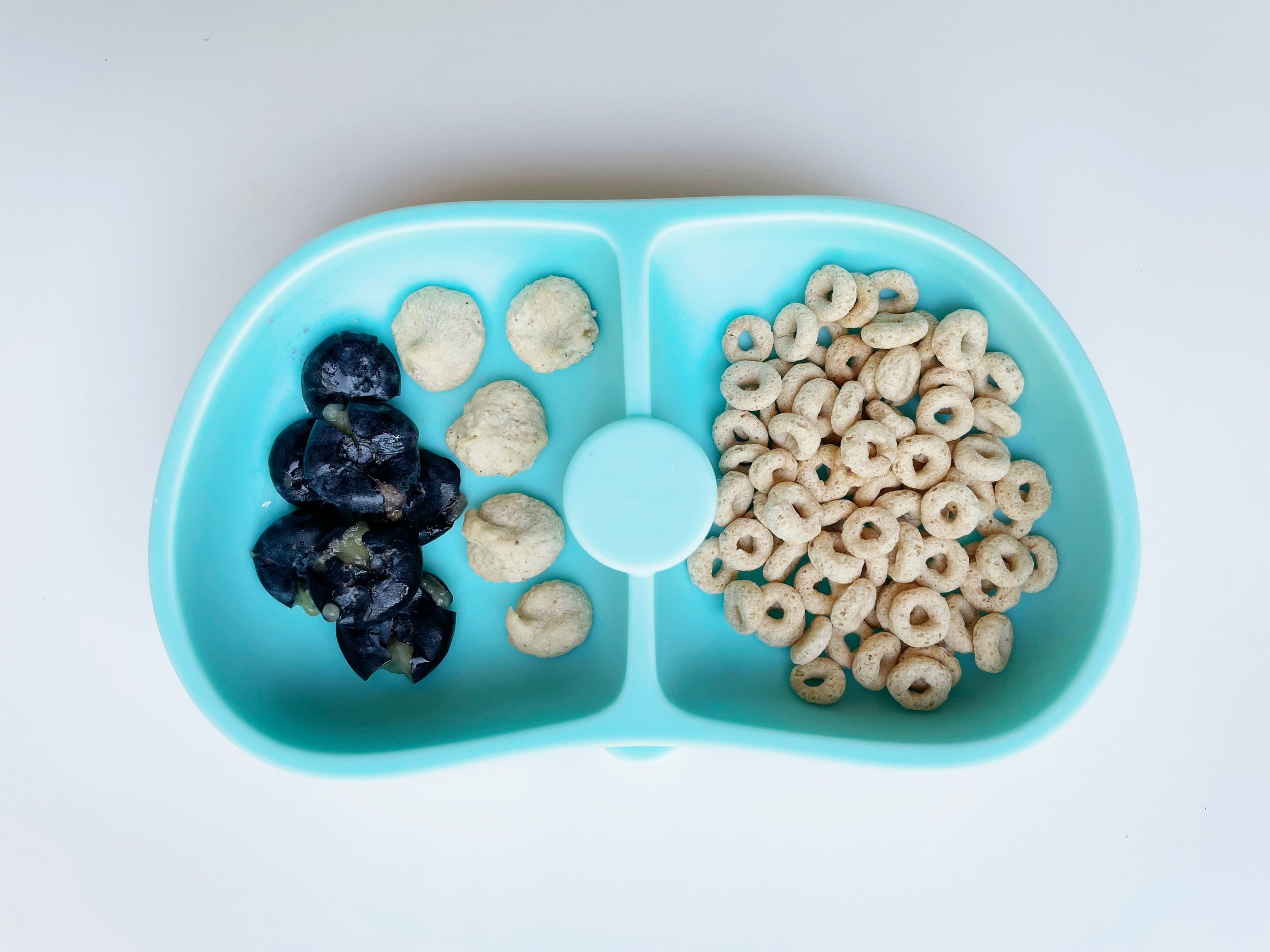
What Age Can Babies Have Cheerios? A Comprehensive Guide for Parents
Introducing solid foods to your baby is a significant milestone, filled with excitement and a few questions. One common query among parents is: What age can babies have Cheerios? Cheerios, with their simple ingredients and manageable size, are often considered a good first finger food. However, it’s crucial to understand the recommended guidelines and potential considerations before offering Cheerios to your little one. This guide provides a comprehensive overview of when and how to safely introduce Cheerios into your baby’s diet.
Understanding Infant Development and Readiness for Solid Foods
Before diving into the specifics of Cheerios, it’s essential to understand the general readiness signs for solid foods. Typically, pediatricians recommend starting solids around six months of age. This is because, before this age, babies primarily rely on breast milk or formula for their nutritional needs. Introducing solids too early can interfere with nutrient absorption and may increase the risk of allergies.
Key Readiness Signs
- Age: Around six months old.
- Head Control: The baby can hold their head steady and upright.
- Sitting Upright: The baby can sit unsupported or with minimal support.
- Interest in Food: The baby shows interest in what others are eating, often reaching for food.
- Extrusion Reflex: The baby has lost the tongue-thrust reflex, which automatically pushes food out of their mouth.
- Hand-Eye Coordination: The baby can bring objects to their mouth.
If your baby exhibits these signs, they may be ready for the introduction of solid foods, including potentially Cheerios. However, always consult with your pediatrician before making any changes to your baby’s diet. [See also: Introducing Solid Foods to Infants: A Step-by-Step Guide]
When Can Babies Have Cheerios? The Recommended Age
While the general guideline for starting solids is around six months, the specific timing for introducing Cheerios can vary depending on individual development. Most pediatricians agree that if a baby shows all the readiness signs mentioned above, Cheerios can be introduced around six to eight months of age. The key is to ensure that the baby can safely manage the texture and size of the cereal.
Why Cheerios Are Often Recommended
- Small and Manageable: Cheerios are small and round, making them easy for babies to pick up and hold.
- Dissolvable Texture: They dissolve easily in the mouth, reducing the risk of choking.
- Iron-Fortified: Many Cheerios varieties are fortified with iron, an essential nutrient for infant development.
- Low Allergen Risk: Plain Cheerios are typically made from oats, which are generally considered a low-allergen grain.
How to Introduce Cheerios Safely
Introducing Cheerios safely involves several steps to ensure your baby can handle them without choking or experiencing allergic reactions.
Step-by-Step Guide
- Start with a Few: Begin by offering just a few Cheerios at a time. This allows your baby to get used to the texture and practice their chewing skills.
- Supervise Closely: Always supervise your baby while they are eating Cheerios or any other solid food.
- Ensure Proper Positioning: Make sure your baby is sitting upright in a high chair or supported seat to minimize the risk of choking.
- Avoid Added Sugar and Flavors: Opt for plain, unsweetened Cheerios to avoid unnecessary sugar and artificial flavors.
- Check for Allergies: Although oats are generally low-allergen, monitor your baby for any signs of allergic reactions, such as rash, hives, vomiting, or difficulty breathing.
Potential Concerns and Precautions
While Cheerios can be a convenient and nutritious option, it’s important to be aware of potential concerns and take necessary precautions.
Choking Hazard
Although Cheerios dissolve easily, they can still pose a choking hazard if not properly managed. Always supervise your baby and ensure they are sitting upright while eating. Avoid giving Cheerios in a car seat or stroller without supervision.
Allergic Reactions
While oat allergies are rare, they can occur. Monitor your baby for any signs of an allergic reaction after introducing Cheerios. Common symptoms include rash, hives, swelling, vomiting, or difficulty breathing. If you suspect an allergic reaction, seek immediate medical attention.
Nutritional Value
While Cheerios are often fortified with iron, they should not be the sole source of nutrition for your baby. Offer a variety of fruits, vegetables, and other iron-rich foods to ensure a balanced diet. [See also: Iron-Rich Foods for Babies: A Nutritional Guide]
Sugar Content
Be mindful of the sugar content in flavored Cheerios varieties. Added sugars can contribute to tooth decay and unhealthy eating habits. Stick to plain, unsweetened Cheerios whenever possible.
Alternatives to Cheerios
If you’re not comfortable giving your baby Cheerios or are looking for alternative options, there are several other suitable finger foods to consider.
- Puffed Rice Cereal: Similar to Cheerios, puffed rice cereal dissolves easily and is low in allergens.
- Soft Cooked Vegetables: Small pieces of soft-cooked carrots, sweet potatoes, or peas can be a nutritious and safe option.
- Soft Fruits: Small pieces of ripe banana, avocado, or cooked apple are easy for babies to manage.
- Baby Crackers: Some baby crackers are designed to dissolve easily and are made with simple ingredients.
Tips for Making Mealtime Enjoyable
Introducing solid foods should be a positive and enjoyable experience for both you and your baby. Here are some tips to make mealtime more pleasant:
- Be Patient: It may take time for your baby to get used to eating solid foods. Be patient and don’t force them to eat if they’re not interested.
- Offer a Variety: Introduce a variety of flavors and textures to help your baby develop a broad palate.
- Make it Fun: Engage with your baby during mealtime by talking, singing, and making funny faces.
- Don’t Stress: If your baby doesn’t eat much at first, don’t worry. They are still getting most of their nutrition from breast milk or formula.
Conclusion: Cheerios and Your Baby’s Diet
So, what age can babies have Cheerios? Generally, Cheerios can be introduced around six to eight months of age, provided your baby shows the necessary readiness signs for solid foods. Always consult with your pediatrician before introducing any new foods into your baby’s diet. By following safety guidelines, monitoring for allergic reactions, and offering a variety of nutritious foods, you can ensure a smooth and healthy transition to solid foods. Remember, every baby is different, and it’s important to proceed at a pace that is comfortable for both you and your child. Introducing Cheerios can be a fun and nutritious step in your baby’s development, but always prioritize safety and your baby’s individual needs.
Introducing Cheerios into your baby’s diet can be a positive step when done correctly and at the right time. Understanding the guidelines and precautions will help ensure a safe and enjoyable experience. Always remember to consult with your pediatrician for personalized advice.

